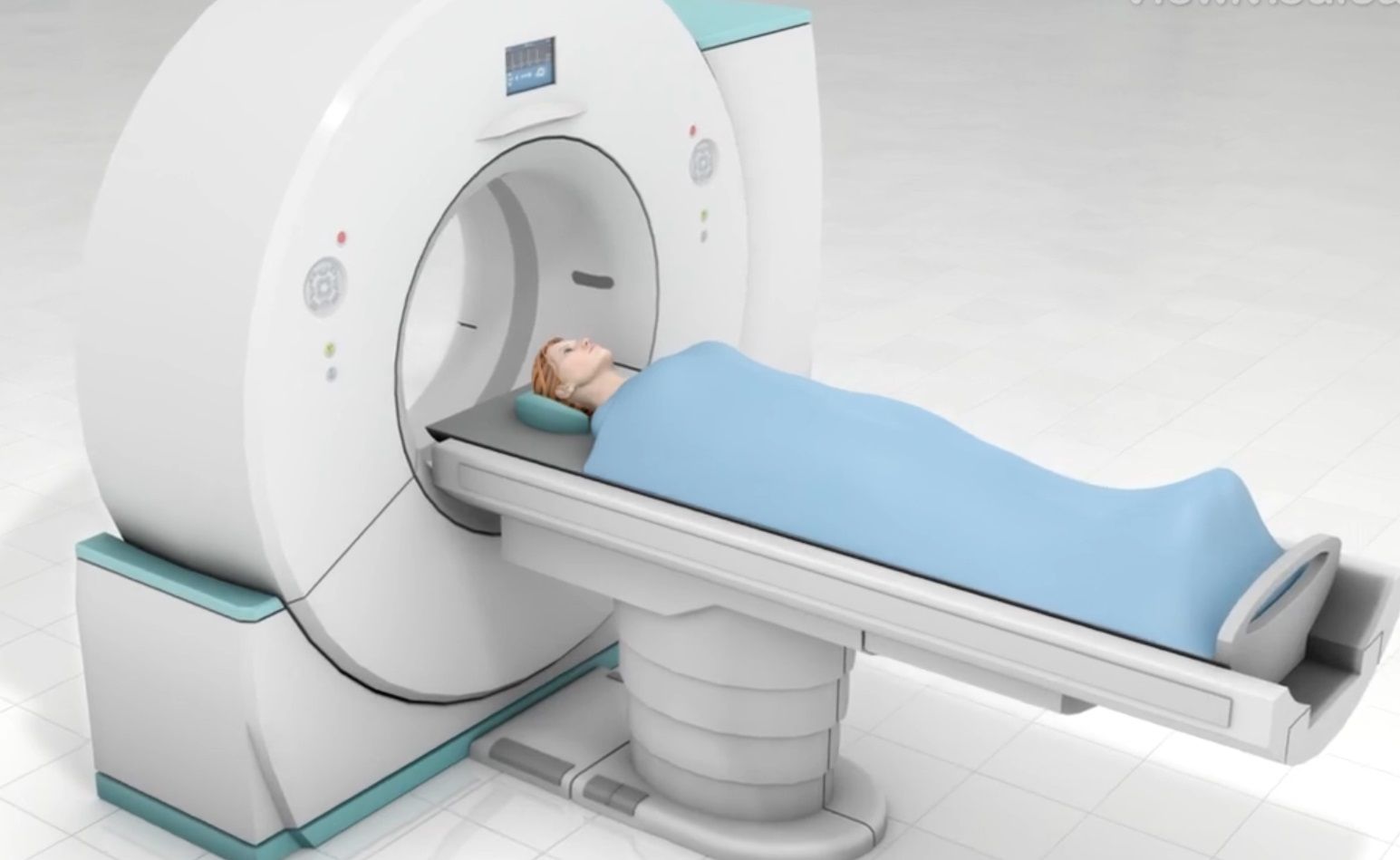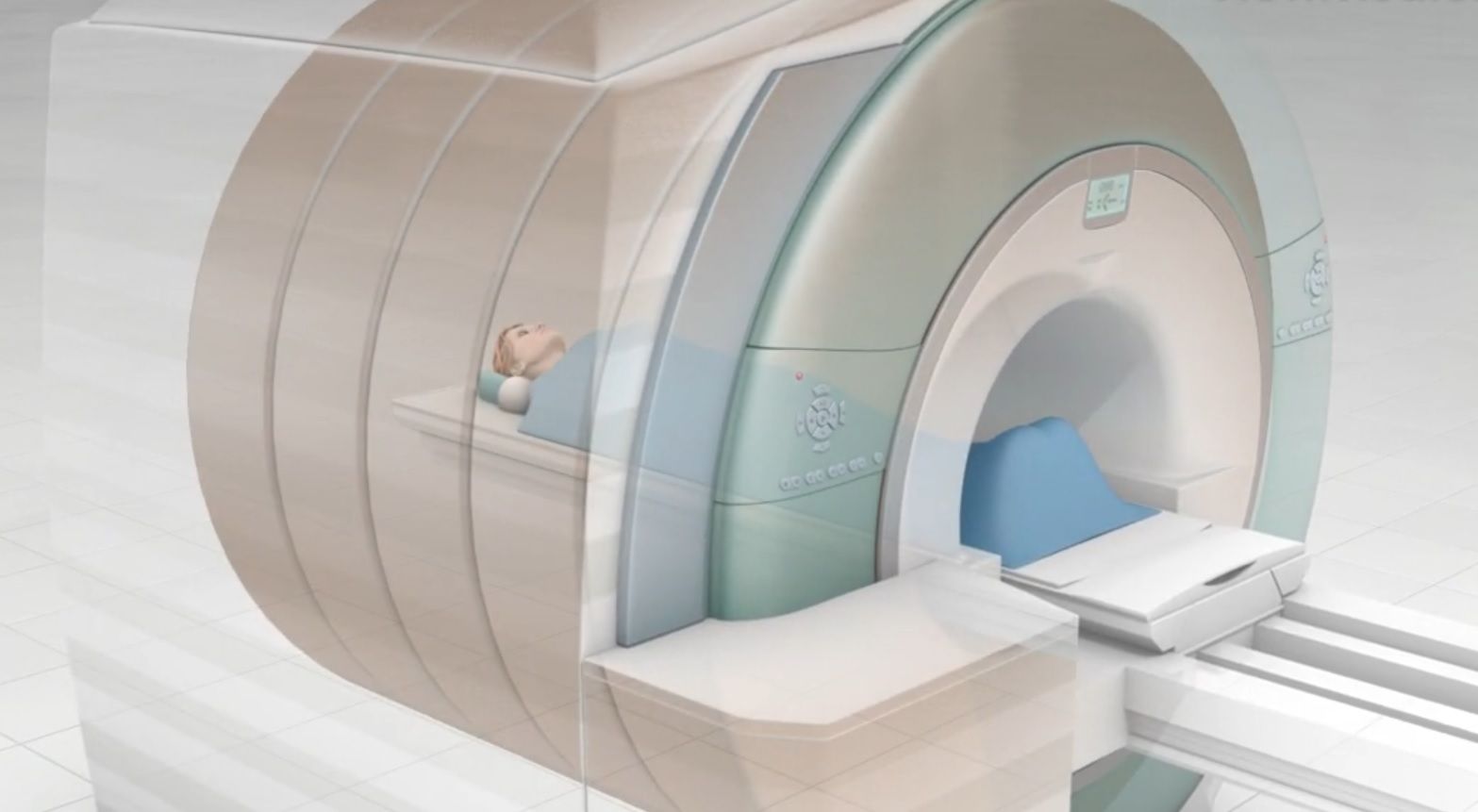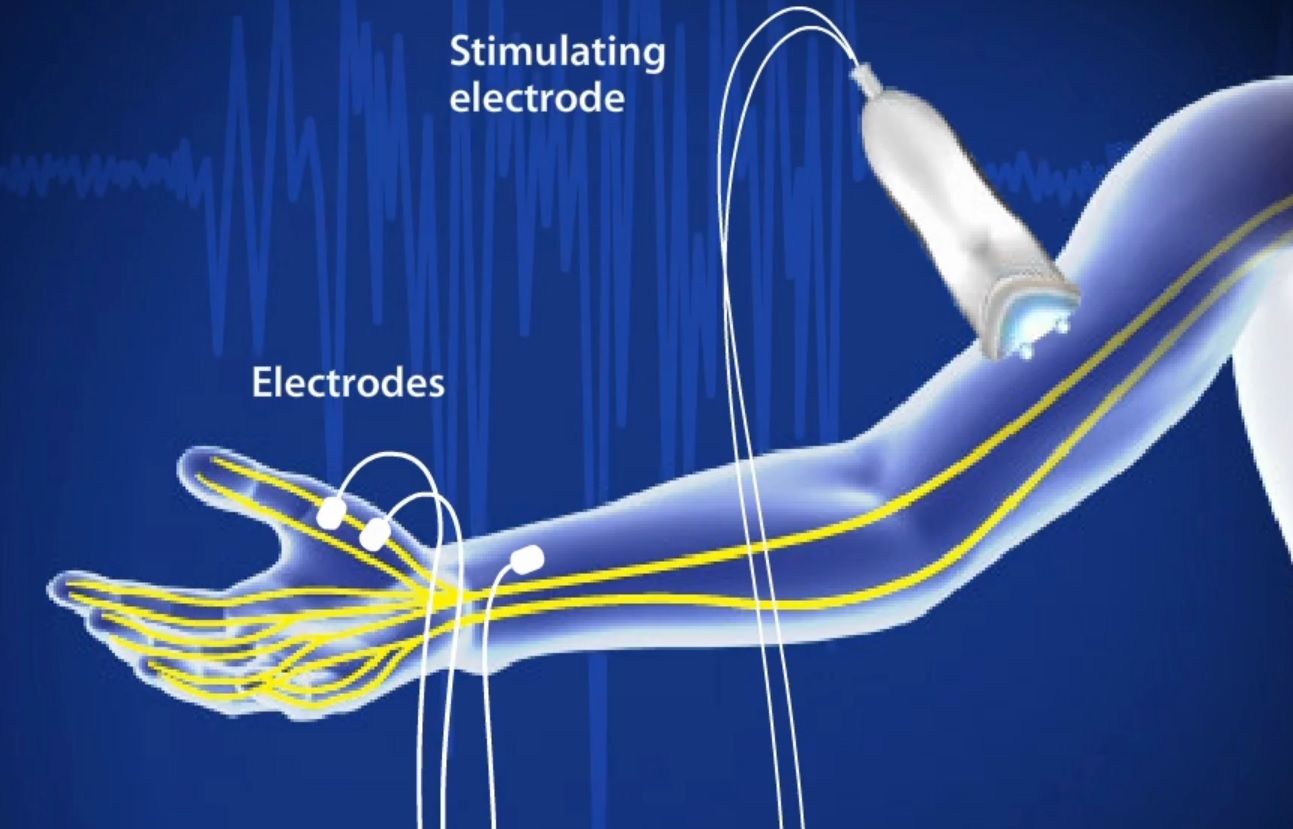Electromyography (EMG)
This is a test of your muscles and nerves. It usually has two parts. One is a nerve conduction study. This measures how well electricity moves through your nerves. The second part is a needle electromyogram. It records the electrical signals your muscles make when you move them. The results can help your doctor find problems linked to certain disorders or conditions.
Electromyography (EMG)
Electromyography (EMG)
Overview
This is a two-part test of your nerves and muscles. The first part is a nerve conduction study, sometimes called an NCS or NCV (nerve conduction velocity). The NCS measures how well electricity moves through your nerves. The second part is a needle electromyogram (needle EMG), which records the electrical signals your muscles make when you move them. The results can help your doctor find problems linked to certain disorders or conditions.
Nerve Conduction Study
For an NCS/NCV test, you lie on an exam table and small, disc-shaped electrodes are taped on your skin for the tested arm or leg. Low levels of electricity are sent through these electrodes and a computer measures how quickly the signals pass from one electrode to another.
Needle Electromyogram
For the needle EMG, a special needle is placed into any muscle being tested (often more than one). You relax your muscle, and then you contract it. The needle measures how much electricity your muscle generates.
Conclusion
Your muscles may feel tender for a few days. You will learn the results of the test during a follow-up visit with your referring doctor, who will create an appropriate treatment plan.
Revised from www.viewmedica.com © Swarm Interactive. Unauthorized duplication is strictly forbidden.
- Category / Diagnosis




